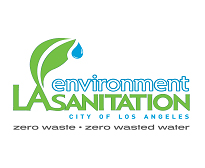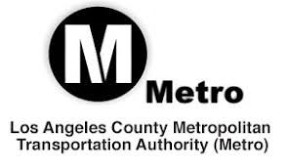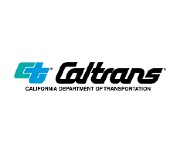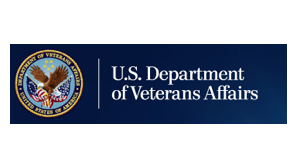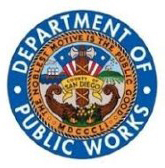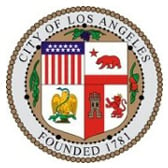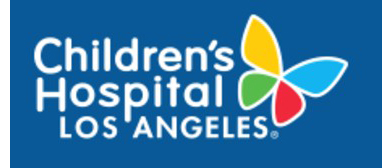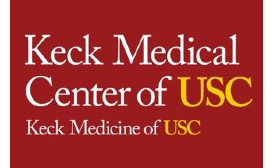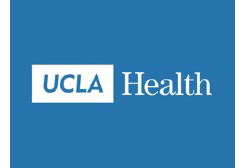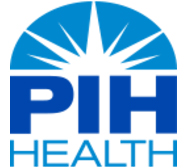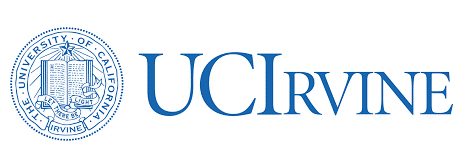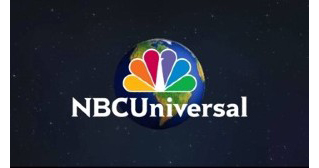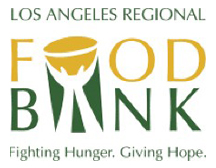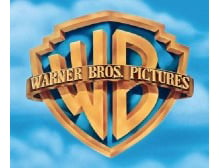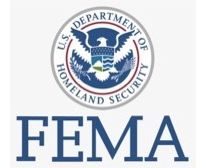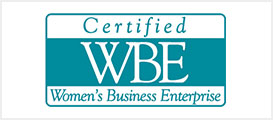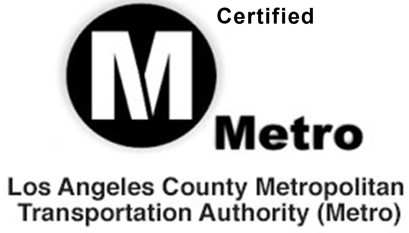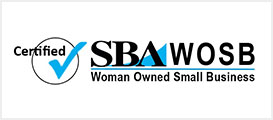Blue Can Emergency Water FAQs
Blue Can is one of the few emergency water products that utilizes a true hermetic seal to protect the water from UV light, oxygen gases and other contaminates. NO plastic bottled product can achieve a true hermetic seal that can last over time and remain airtight to reduce gas exchange of oxygen, nitrogen or other innocuous gases. If water is exposed to oxygen, light or even dust particles, contamination will soon occur. Oxygen is the great oxidizer, and it must be removed and kept from water to achieve the conditions for long shelf life
See the full report:  50-Year Shelf Life and Technical Review of Blue Can Water Stability Testing
50-Year Shelf Life and Technical Review of Blue Can Water Stability Testing
Contamination is an issue with any long-term water storage. Bacteria is just one form of water contamination. There are several bacteria that bottled water manufacturers test for. Coli form/E – Coli being the most harmful bacteria and general bacteria referred to by their specific test. HPC (Heterotrophic Plate Count). General Bacteria includes both good and bad bacteria.
Ultra-Purified Premium Water - Blue Can’s ION Sterilization:
- Improved O3 Saturation Technology
- Improved Deaeration of Oxygen Molecules
- New Cationic Electron Magnet Filtering
Blue Can utilizes the latest in water filtration and sterilization technology. In addition to Ozone Sterilization and UV lights, new cationic electron magnet filtering is all employed for additional sterilization. Cationic sterilization has a Log 6 kill rate (99.9999% effective). Our full contact disinfection techniques purify above and beyond what UV disinfection or even chlorine sterilization alone could ever achieve
Blue Can is required by the FDA and the California Department of Health to test weekly for Coli form and E-Coli. Additionally, Blue Can tests daily in house with HPC (Heterotrophic Plate Count) tests for naturally occurring non-harmful bacteria as well as monthly and annually at a FDA certified lab.
A Hermetic Seal is any type of sealing that makes a given object airtight. Blue Can Water is hermetically sealed to prevent the contamination of our 50-year shelf life water. No oxygen, gases, UV light or bacteria is able to penetrate our Blue Cans. This allows the can to stay pressurized and sealed for years of assurance.
According to the FDA, water does not have an expiration. It is the packaging that breaks down and expires over time. This is why Blue Can utilizes aluminum cans for storage. Aluminum has shown to be one of the most flexible and durable products to stand the test of time. Aluminum is corrosion-resistant making it perfect for interaction with H2O. Aluminum was chosen as the Apex for the Washington Monument in Washington D.C. in 1884 precisely for its corrosion-resistance abilities.
 50-year shelf life basis.
50-year shelf life basis.6 cases of Blue Can Emergency Water would basically meet the recommended 1 gallon of water per day for two weeks for one person. (6 cases = 13.5 gallons)
Temperature fluctuations don’t change the quality of our water. It’s recommended water be stored between 34 ºF (1 ºC) and no higher than 150 ºF (65 ºC) for best results.
Blue Can Water is purified, sterilized, and disinfected to remove any chemicals or particles using a 13-step multi-stage process. It includes using active-charcoal filters, high-pressure dual reverse osmosis, six-stage micron traps, two sterilizers, high-intensity UV light, and active PH balance, ozoned with state-of-the-art technology and preserved under pressure with a nitrogen gas and water structuring unit. This creates smaller clusters for better cell absorption by the consumer.
Blue Can Water has an ORP of approximately 430 according to an FDA-certified lab. Deionization is not required.
Distilled water has been de-mineralized, generally by evaporating the water and collecting the droplets. Pathogens such as bacteria and viruses can still be present. Blue Can Water has most of the minerals removed. There are still minerals, but they are only extremely small particulates. Additionally, Blue Can goes to great lengths to sterilize our water through UV light and ozone flooding so there are no bacteria or virus pathogens.
Meeting the FDA requirements, Blue Can Water cans have an epoxy coating on the inside to protect the contents from the metal. Aged water in the can has been tested BPA-free by an FDA-certified lab. Our water is always at a neutral PH to prevent any decay of the epoxy coating inside the cans.
Radiological testing is done YEARLY, and no radiological residue has been detected. Water analyses are performed by third-party laboratories using procedures established by EPA, AOAC, APHA, AWW, and WPCF. Extensive testing was conducted by an independent analytical NELAP-accredited laboratory (Weck Laboratories Inc. ISO 17025, ELAP #1132, LACSD #10143, NELAC #04229CA), who certified the test results meet all the requirements of NELAC. According to the certified lab report, Blue Can Water meets all drinking water standards established by the State of California Department of Health Services. See the  certificate of analysis.
certificate of analysis.
Click here to view the full  water report.
water report.
It’s in a can and not a plastic bottle. Our state-of-the-art filtering process purifies the water and makes it taste clean and fresh for decades. Blue Can Water is an alternative to plastic water bottles.
No, because of the epoxy coating inside and outside of the can which protects the water from the aluminum.
Yes, temperature changes don’t affect the water inside.
Our water is filtered by the latest in modern technology with a multi-stage filtering process and purification to ensure the cleanest water possible.
We believe our water purity provides for smaller molecular H2O cluster. This allows the water to penetrate the stomach wall quickly, hydrating your body faster with no bloating.
Yes, It’s great with tea, coffee, soup and great in protein shakes.
No, it’s just like any water.
- chill faster, colder to the touch on hot summer days
- stack best
- are the most recycled and recyclable container
- are lightweight and volume efficient
- maintain freshness
- protects content from light
- have a long shelf life
- are environmentally friendly
- protect its contents to ensure uniformity of product quality.
Aluminum cans by far — not plastic or glass. Their recycling outpaced that of all other containers. They lead the way with a recycling rate of 65%. Recycling pays and is a win-win for the environment and sustainable society. Most plastic is not recycled. If collected, plastic bottles, less than 9% is recycled into new products. All cans are recyclable, and 100% is made into new products.
Recycling one aluminum can saves enough electricity to power a TV for 3 hours or a 100-watt light bulb for 4 hours. Recycling 40 cans is the energy-saving equivalent of one gallon of gasoline. It takes 95% less energy to recycle aluminum than to start mining the bauxite. Recycling reduces effluents and emissions by 95%, creating a more sustainable future.
Closed-loop represents recycling at its finest — re-manufacturing a product in an aluminum can back into the same product can be recycled into a new aluminum can endlessly. Plastic is an open loop… that cannot be used to make new product because plastic is contaminated. A new plastic bottle is made of 0% recycled plastic. A new aluminum can is made of up to 95% recycled aluminum.

Authorized Distributor of Blue Can Water

Your first step in Emergency Preparation. Water is the most important item to store before a disaster strikes.
 (818)209-8333 | Email:
(818)209-8333 | Email:  Patty@bluecanh2o.com
Patty@bluecanh2o.com

